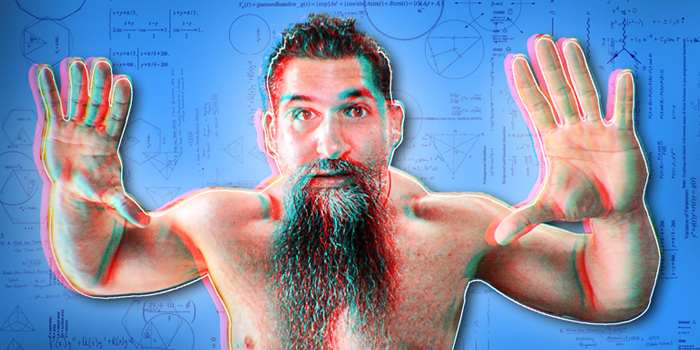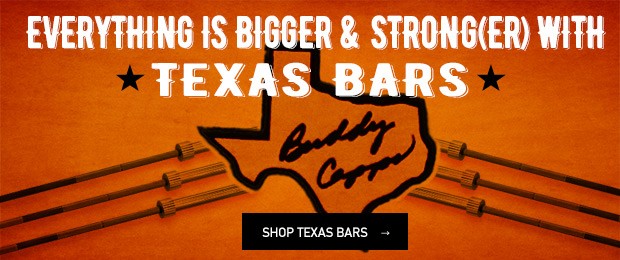
The deadlift is often a challenge for experienced weightlifters or those who are successful in CrossFit. Weightlifters (and CrossFit competitors who regularly perform weightlifting movements) become accustomed to the position of the "first pull" in their cleans and snatches, and often attempt to deadlift in a similar position. This creates inefficiencies in the pull, reduces the weight lifted, and increases tension on the lower back. The good news is that these individuals are often very athletic and have tremendous potential to safely deadlift big weights with just a few adjustments.
WATCH: My Biggest Mistake in Strongman
In this video, Clint gives advice to a good friend of his who has extensive experience in training, but not in powerlifting. The friend is a skilled weightlifter and is currently involved in CrossFit; he is a masters athlete and is competitive at the national level in CrossFit. As part of his training, this friend recently decided to register for a powerlifting meet. In preparation for this meet, he has run into issues training the deadlift.
To help understand the scope of the advice he's giving, Clint points out that could find 20 things wrong with his friend's deadlift technique, but that going into detail about those 20 things would be complicated and wouldn't help him improve. Instead, Clint says that the best way to improve execution of a lift is to pick out the one, two, or three major things that are being done incorrectly. If you fix those, everything else will probably fall into place.
First, Clint discusses setup. His advice is to begin by using a proper powerlifting belt. He points out a common misconception about belts: most people think that you want the belt to be thick in the back so that you have support for your lower back. This is incorrect. You actually want support in the front so that you have, in essence, another layer of thick abs. You also don't want to wear your belt as tight as possible. It is more beneficial to wear it a notch loose so that you are able to push your stomach out against the belt to create tension. This improves your lift by increasing the circumference of your waist during the lift, thereby making your body more stable. This is the same principle that enables a pyramid with a wider base to be more stable.
Second, Clint looks at stance. In a sumo deadlift position, the goal is to make sure that you are able to use your hamstring without putting too much pressure on your hips. To help find the best stance, Clint says to think about "presenting your chest." Your sumo deadlift stance should allow you to keep your chest and head up, as if you are having a photo taken and want the front of your shirt showing. In this stance, when you deadlift, you should feel your hamstrings curl against the floor instead of feeling your lower back pull the weight up. This will engage the proper muscles to not only lift more weight but also protect the back.
Clint then shows several diagrams to help demonstrate proper setup and technique. He says to always think of the deadlift as a triangle: your feet represent one point, your hips represent another point, and your shoulders represent the third point. The goal is to rotate this triangle so that the point that represents your shoulders is behind the point that represents your feet and behind the barbell. This varies very slightly between conventional and deadlift styles, and Clint shows how.
In summary:
- Present your chest
- Get your head up
- Push your knees out
- Push your belly out against your belt
- Get your shoulders behind the bar
- Use your hamstrings to lift the weight











Thanks